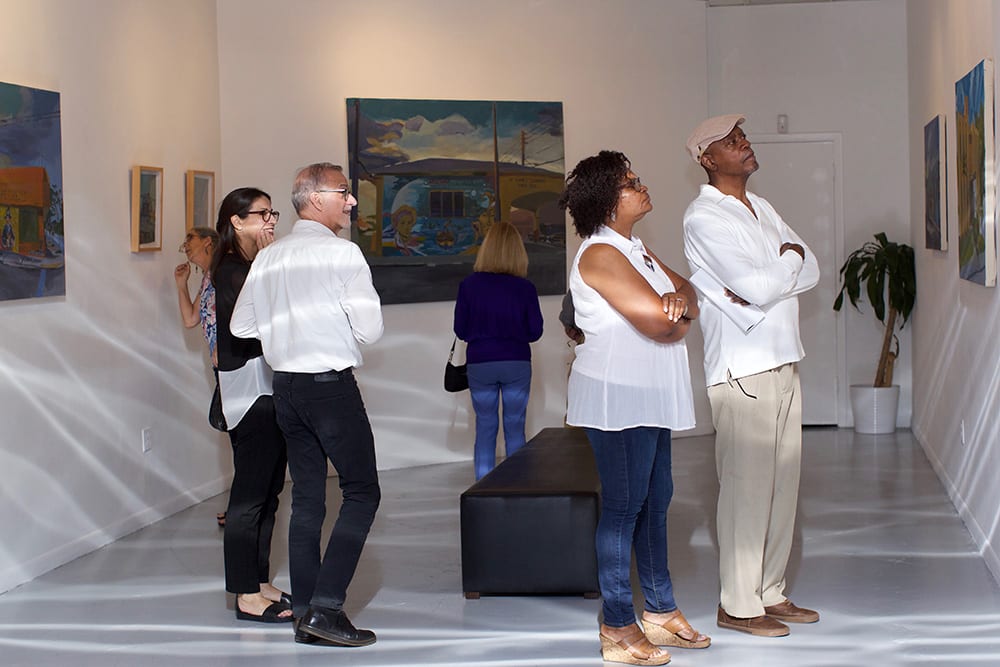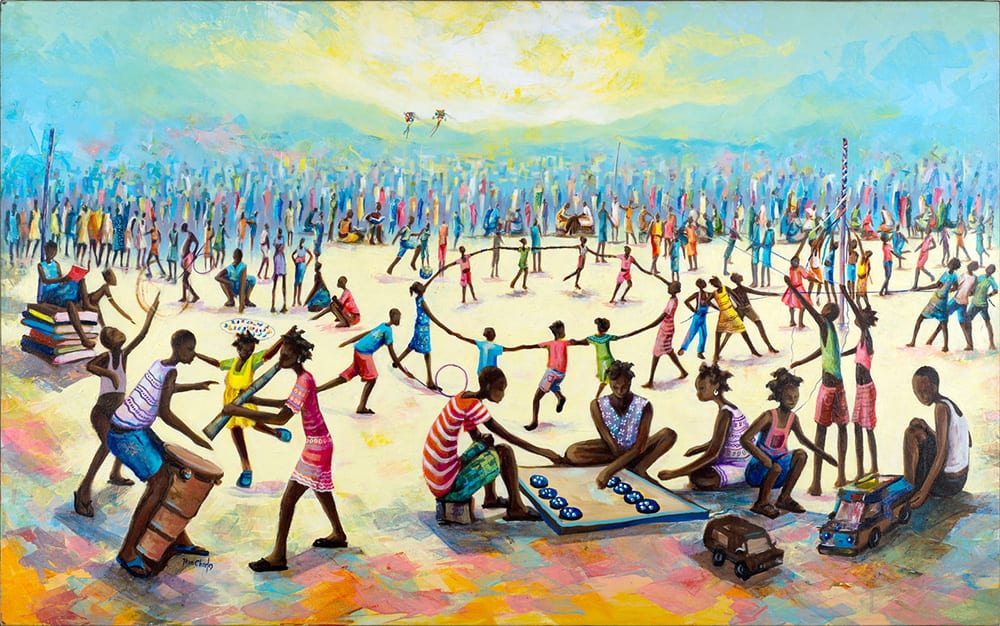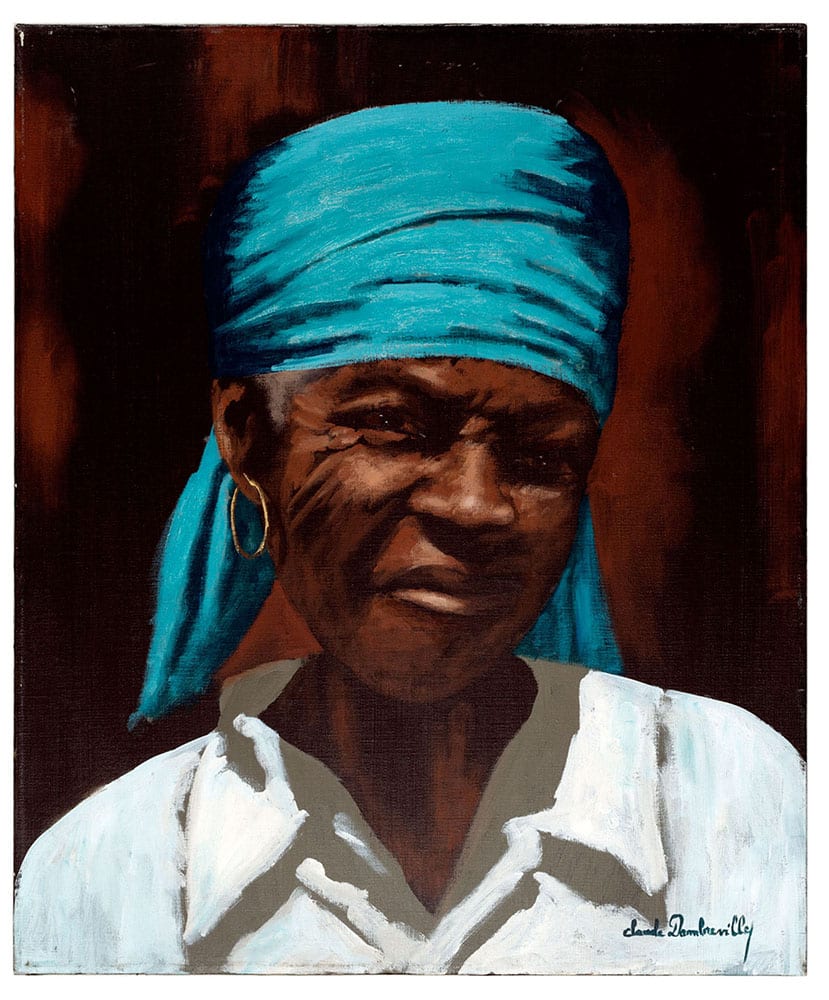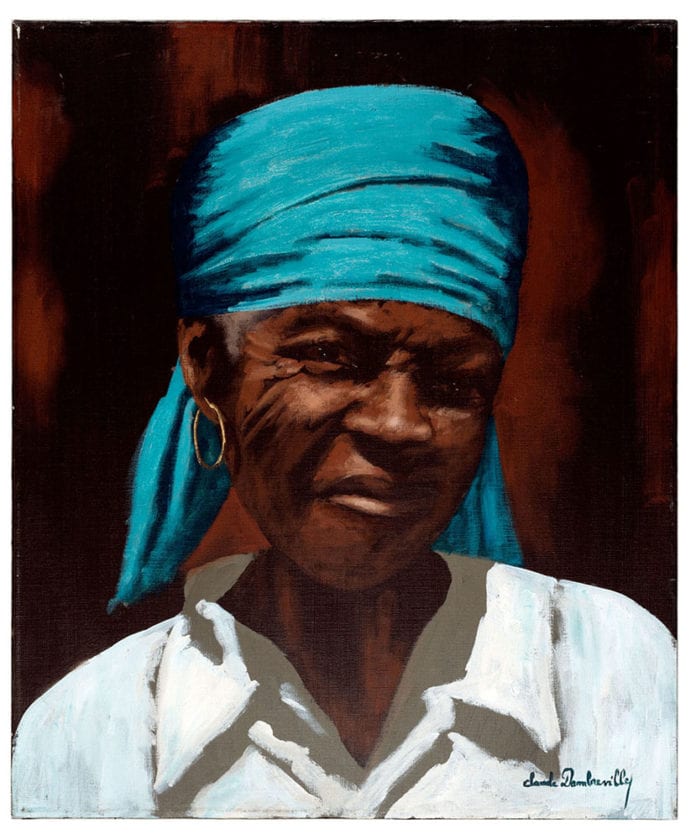Haitian art features a combination of African, European and American cultural and religious influences. The first culture to influence Haitian art was the indigenous Taino people. They created artistic objects out of sticks, rocks, leaves and whatever else they could find in nature. This was a time before European settlers came along and forced them into slavery. The Taino even got advanced enough to where they made signs, dolls, sculptures and drawings.
After the Taino people were brutally enslaved and killed off, the French settlers brought African slaves to Haiti. It resulted in African and French art to influence what would eventually become Haitian art. Haitian artists learned a lot from the French about art, especially academic painting. Haitians continued to implement French art tactics into their own artwork after they achieved independence.
When Haiti became in independent country in the early 19th century, the Haitian Government ordered for schools to be built in their capital city of Port-au-Prince. Several art academies were established in the capital and they taught students how to perform the European style of artistry, which was predominately the French style.
Painting became a method of self-expression for the Haitian people. Even the poorer Haitians who were not privileged enough to attend an art academy were still expressing themselves with paint. They experimented with different colors and creative ideas to express their everyday life and religious beliefs.
One common image in Haitian voodoo art is that of the Damballa, which is the most important “Loa” spirit in Haiti. He is usually portrayed as a black bull or white serpent. Some Haitians believe their religious artwork will bring them closer to the spiritual world and allow them to make contact with deities or spirits.
A lot of Haitian artists were self-taught before art academies and schools were formed. One self-taught artist and voodoo priest named Hector Hyppolite was a notable voodoo artist. His work came to portray the voodoo religion perfectly.
One of his most famous paintings showed a winged snake that had a human head on top of it. The wings came out from the shoulder region and the entire body was a curly snake body. It was one of the last paintings he ever made. It was entitled “Damballa La Flambeau.”



Piece of Haitian Art at the Haitian Heritage Museum, in Miami Design District 
Pieces of Haitian Art at the Haitian Heritage Museum, in Miami Design District
The 20th Century
Before the 20th century, Haitian art was not seen anywhere else other than in Haiti. But everything changed during the height of World War II. There was an American artist who happened to get stationed in Port-au-Prince, Haiti, as the war was in full swing. When he saw all of the beautiful and creative Haitian paintings, he wanted to create a way for more people to see this artwork.
In 1944, the American established a local cultural center in Port-au-Prince called Centre d’Art. The purpose of the cultural center was to showcase all of the best Haitian art to the travelers passing through Port-au-Prince. He set up a gallery where Haitian artists could finally get their work seen and admired. Some of these artists included Albert Mangones, Andree Malebranche, Maurice Borno, and Lucien Price.
In the 1970s, more art schools were formed in rural areas of Port-au-Prince. In fact, interest in art had spread to both urban and rural communities throughout Haiti. A Haitian sculptor and painter named Jean-Claude Garoute was a big influencer for creating more art schools and museums.
In 1973, Garoute founded a rural arts community in Petion-Ville by the name of “Soisson-la-Montagne.” It was an academy community devoted to teaching painting. Art students could go there and learn a unique style of art. This particular school taught voodoo symbolism in conjunction with abstract human shapes as part of their artwork designs. Unfortunately, the school did not survive, but the artwork from its students live on.
The 2010 Earthquake Tragedy
When the 2010 earthquake struck Haiti, it destroyed a lot of different elements of Haitian society. Aside from the homes that were destroyed, the earthquake devastated the famous Haitian art museum, Centre d’Art. Much of the artwork in the museum was destroyed to the point where it could not be salvaged. The Holy Trinity Cathedral housed priceless murals which were destroyed as well.
Other private art galleries that suffered damage include the Nader Art Gallery in Port-au-Prince and the Monnin Gallery in Petion-Ville. It is safe to say that hundreds of millions of dollars worth of Haitian art was destroyed. In an attempt to salvage some of the damaged artwork, the United Nations Educational, Scientific and Cultural Organization (UNESCO) sent an art specialist to Port-au-Prince to evaluate the extent of the damages. The Smithsonian Institute and U.S. Embassy also got involved in this project as well.
After several years, these experts were able to salvage a number of prized Haitian sculptures and paintings. They even taught art preservation techniques to the Haitian operators of the art museums. That way, they know how to keep the artwork safe just in case an earthquake ever strikes again.

